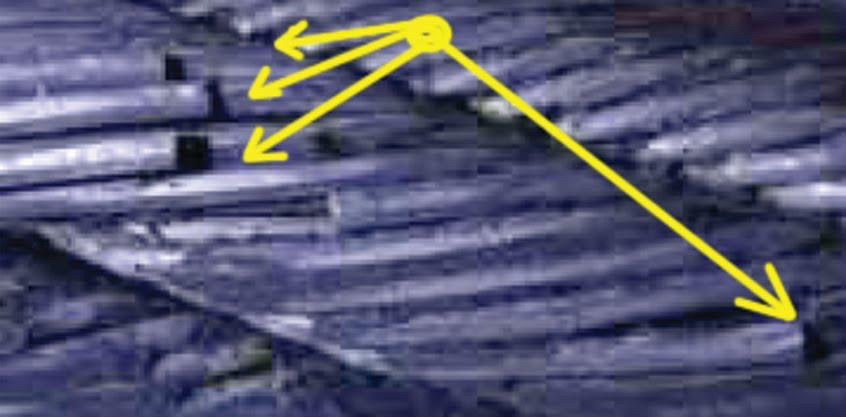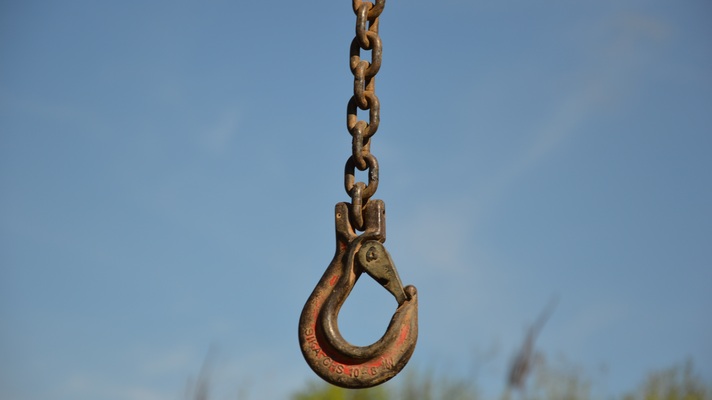The safe working limit (SWL) of a crane means nothing if the parts, and especially the wire rope, are not maintained and inspected to the highest standard. In a recent Mars Report, inadequate lubrication resulted in two injured stevedores during a lift that was well within the crane’s SWL.
A transcript of what happened:
A general cargo vessel was in port discharging wind turbine towers. Before starting work, the stevedore team discussed safe areas to be used during each lift.
Two towers had already been discharged from the hold and the stevedores rigged the third tower for the lift. As the tower section was hoisted out of the cargo hold, a popping noise was heard.
Recognising this sound as a wire rope failing, the stevedore supervisor yelled ‘Hit the deck!’ Some stevedores had already started to exit their respective “safe areas” at this point. The tower fell back into the hold and flying debris from the impact injured two of the five stevedores in the hold.
Investigation Findings
The investigation found that the main lifting wire of the ship’s crane had failed even though it was used within its safe working limit (SWL). This wire showed signs of inadequate lubrication; lubricant was not distributed down into the inner wire surfaces. Evidence was also found of broken surface strands (see image), which should have been apparent if visual inspections had been effective.

Broken surface strands.
Lessons Learned
- Lubricating the interior of wire ropes requires special tools and procedures. Lubricating only the exterior of the rope is an accident waiting to happen.
- Exacting procedures and communication are needed when coordinating cargo lifts while persons remain in the hold.
Mars Reports
This accident was covered in the Mars Reports, originally published as Mars 201964, that are part of Report Number 324. A selection of this Report has also been published in SWZ|Maritime’s November issue. The Mars Reports are also published on SWZ|Maritime’s website to help prevent maritime accidents.
More reports are needed to keep the scheme interesting and informative. All reports are read only by the Mars coordinator and are treated in the strictest confidence. To submit a report, please use the Mars report form.








